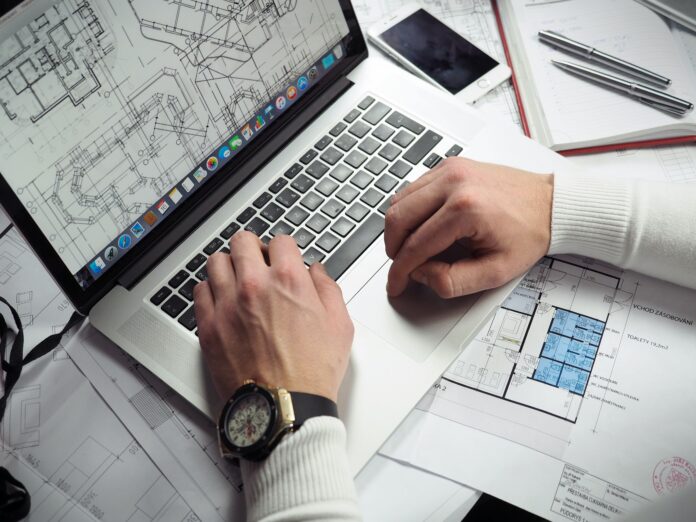What is design? Design is the creation of a model, description and instructions for a future project, making the future construction as seamless as possible. The way architects design structures keeps getting more integrated with smart technologies and digital design programs. One of the most innovative ways to manage construction projects in graphic design is Building Information Modeling (BIM).
Building, Information, and Modeling are the three most sensational words in the architecture industry of today. Be that as it may, not everyone has yet figured out what it is, how it works, and what it helps with. Some people believe that this is a specific technology; in reality, this is not the case. BIM contributes to the management of all data related to a building project. Not only is it a powerful design tool, but also a great helper to architects.
This article summarizes the most significant technical and administrative conveniences of BIM:
- Better communication
- Improving of Efficiency and Acceleration of Working Processes
- Cost Estimation
- Better Visualization and Enhanced Reality
- Achievement of High-Quality Product
Building firms and contractors who know the value of BIM are able to offer you high-quality construction and project efficiency. Cooperating with such an architectural firm will help increase your resources. So, if dynamic structure with maximum efficiency is an indispensable part of construction in your eyes, take a close look at the BIM structure considerations below.
Better Communication
Previously, construction drawings existed only in paper form. This is not very convenient as it does not allow for collaboration between all project participants. Now, we can work with a web-based digital BIM model for easy collaboration. This allows equal access to relevant information for all participants, throughout the entire project.
Improving of Efficiency and Acceleration of Working Processes
BIM promotes rapid project development. It affects the speed of the project: the earlier there is a project plan, the earlier the BIM model will be designed, and, as a consequence, we have early completion. The earlier the construction of a building is completed, the less you will have to finance it. Moreover, it will accelerate the use of space, which will lead to an acceleration of the final return on investment. Lastly, due to effective communication between project participants, there is an improved workflow, which then leads to a shorter project timeline.
Cost Estimation
It is impossible to create a perfect project the first time designing. And that is the reason why a design undergoes many different checks and adjustments. However, there is a way to reduce the number of initial errors: BIM. Using this method of design can automate most of the common repetitive tasks in redesigning.
BIM can help to identify existing contradictions in the early stages of the project. Consequently, you will significantly reduce the number of improvements. According to research, this could make production 30% more profitable.
Better Visualization and Enhanced Reality
With BIM, you can inspect the project entirely and completely, which gives customers a clear perspective of the final project design. The client will immediately see how the embassy is going to be used and will be able to define the changes or edits. BIM will help save a lot of time and money.
Achievement of High-Quality Product
The advantages of BIM are not contained only in the design and construction process. At the final stage, BIM also has its strong benefits. The final design stage involves creating more detailed models, and the calculations are finalized. Various visualization tools are an integral feature of BIM. It is easier for an architect to make the structure more aesthetically pleasing when visualized in BIM.
Conclusion
To sum up, we can say that BIM helps to enhance productivity and improve the construction industry. BIM helps with participant communication, efficiency and acceleration of working processes, cost estimation, design visualization, and a higher-quality project design. Just remember, BIM supplies an architect with vast opportunity, but the results still depend on architect proficiency. Therefore, it is crucial for an architect to thoroughly learn the program so they can expertly design each project they work on in their career.
Find a Home-Based Business to Start-Up >>> Hundreds of Business Listings.

















































